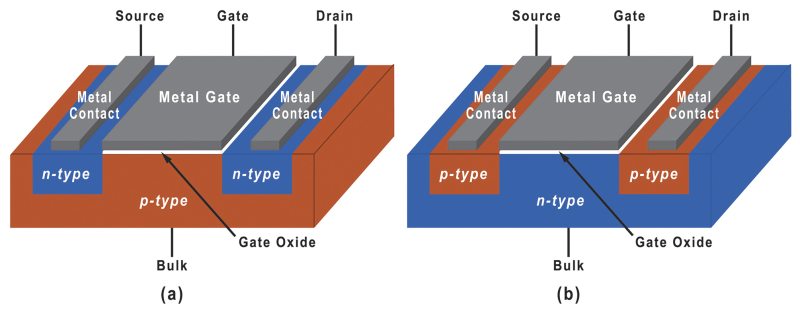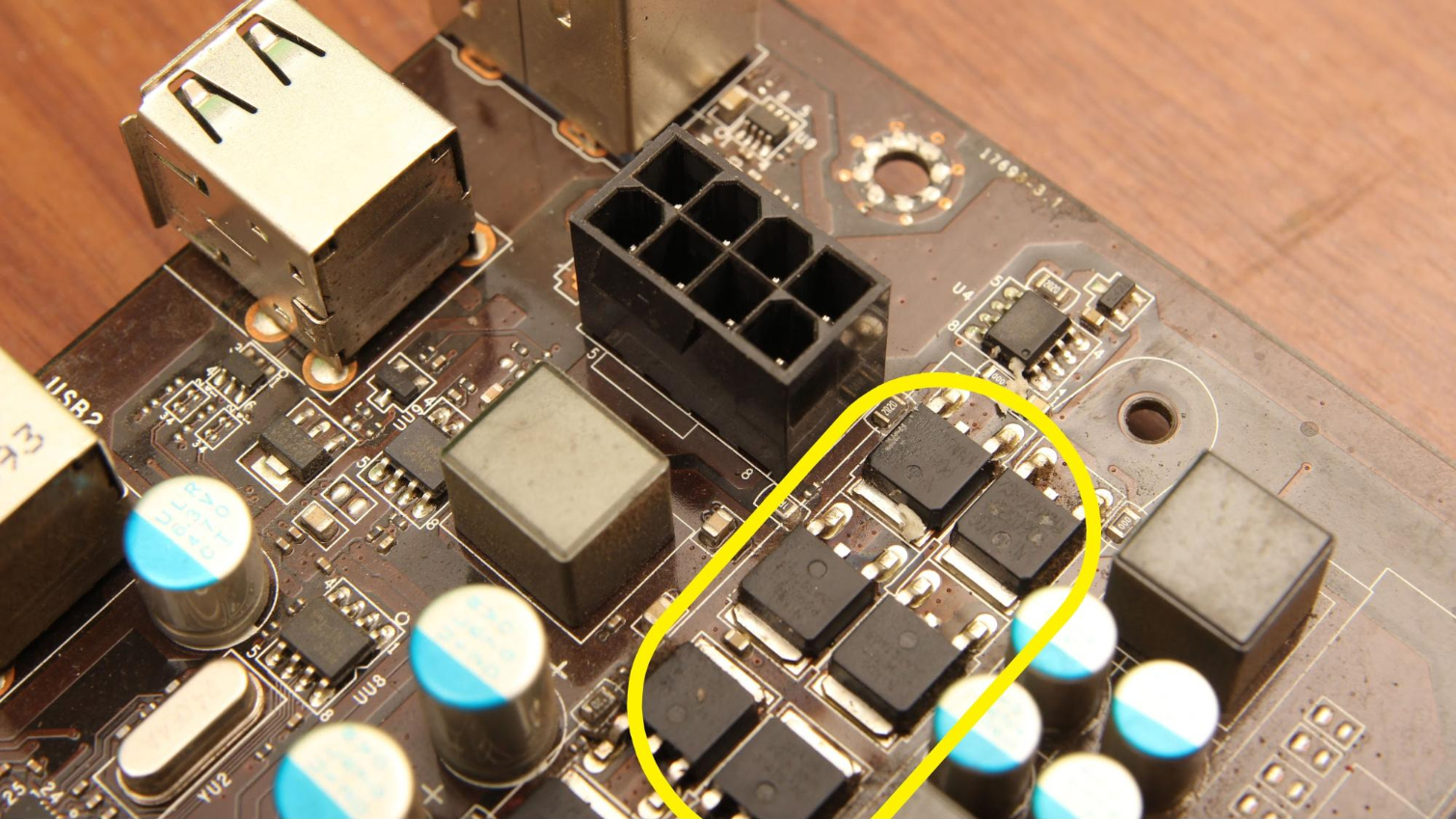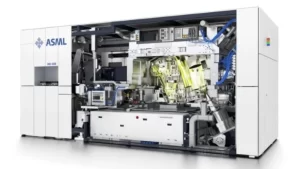The MOSFET (Metal-Oxide-Semiconductor Field-Effect Transistor) is a fundamental semiconductor device with a wide range of applications in modern electronics. One notable example is its use in power amplifiers for audio systems.
Additionally, MOSFETs find extensive use in various electronic circuits, owing to their ability to efficiently control and amplify electrical signals. They are also crucial in power management, acting as efficient switches in devices like voltage regulators.
Moreover, MOSFETs have made significant advancements in miniaturization, enabling the creation of smaller, more powerful electronic devices. Furthermore, their low power consumption and high switching speeds make them indispensable in applications such as switching power supplies and microprocessors.
MOSFETs efficiently amplify weak audio signals, delivering high-quality sound in devices like amplifiers and home theater systems. Moreover, This application showcases the MOSFET’s pivotal role in enhancing audio experiences, underscoring its significance in our daily lives.
What is MOSFET?
A Metal-Oxide-Semiconductor Field-Effect Transistor (MOSFET) is a crucial semiconductor device in modern electronics.
It serves as a switch that controls the flow of electrical current between two terminals, known as the source and drain.
The flow of current is regulated by an electric field created by a third terminal called the gate, separated by a thin oxide layer.
By varying the voltage applied to the gate, MOSFETs can amplify or switch electronic signals with high efficiency and speed.
A common example of a MOSFET application is in a light dimmer switch. By adjusting the voltage applied to the MOSFET, it can control the brightness of a light bulb.
When the voltage is increased, the MOSFET allows more current to flow, making the light brighter, and vice versa.
Read more: History of VLSI: Transistor to System-on-a-Chip
Functioning of MOSFET
A Metal-Oxide-Semiconductor Field-Effect Transistor (MOSFET) is a key semiconductor device used in electronics. It operates by controlling the flow of electrical current between the source and drain terminals via an electric field.
The fundamental functioning of a MOSFET involves three modes: cutoff, saturation, and triode.
In the cutoff mode, no current flows between the source and drain as the gate-source voltage is below a certain threshold.
In saturation, a voltage applied to the gate allows a high current to flow between the source and drain.
The triode mode lies between cutoff and saturation, providing variable current control. MOSFETs are vital for amplification, switching, and signal processing in electronic circuits due to their ability to modulate current flow based on gate voltage.

Real-Life Application
MOSFETs (Metal-Oxide-Semiconductor Field-Effect Transistors) find widespread use in various real-life applications due to their efficiency and versatility.
One common application is in power amplifiers for audio systems. MOSFETs can efficiently amplify weak audio signals to drive speakers, delivering high-quality sound in devices like amplifiers and home theater systems.
In the automotive industry, MOSFETs are crucial components in electronic ignition systems.
They control the ignition timing, ensuring efficient combustion and optimal engine performance. Additionally, MOSFETs are used in electric vehicles (EVs) to manage power distribution and control the electric motor.
In the realm of computing, MOSFETs are the building blocks of microprocessors and memory chips, enabling the processing and storage of data in computers and smartphones.
They are also employed in voltage regulation circuits, ensuring stable power supply to electronic devices.
Furthermore, MOSFETs are vital in switching power supplies, DC-DC converters, and motor control systems, enhancing energy efficiency and control precision in industrial and consumer electronics.
Their versatility and reliability make MOSFETs indispensable in modern technology, contributing to energy-efficient and high-performance electronic devices across various industries.
Follow us on Linkedin for all major updates
Real Life Example
Real-life examples of how MOSFETs are used in simpler terms:
- Smartphone Brightness Control: The brightness of your smartphone screen is often adjusted automatically based on ambient light conditions. MOSFETs help in this by regulating the power supplied to the screen’s backlight. When it’s bright around you, the MOSFET reduces power, saving energy. When it’s dark, it increases power for better visibility.
- Electric Cars: In electric cars, MOSFETs play a crucial role in controlling the flow of electricity from the battery to the motor. They help manage the speed and power of the car. When you press the accelerator, MOSFETs allow more power to reach the motor, making the car go faster.
- Solar Panels: MOSFETs are used in solar inverters, which convert the electricity generated by solar panels into a usable form for your home. They ensure that the right amount of electricity flows into your house, so you have power even when the sun isn’t shining brightly.
In these examples, MOSFETs are like switches that control the flow of electricity, making our devices and technologies work efficiently.
Benefits of MOSFET
MOSFETs, or Metal-Oxide-Semiconductor Field-Effect Transistors, are tiny electronic devices that play a big role in modern technology. They’re like traffic controllers for electricity in electronic circuits. Now, let’s explore why MOSFETs are so important and the benefits they bring in simpler words.
Benefits of MOSFETs:
- Efficient Power Management: MOSFETs help control the flow of electricity. They act like smart switches, turning on and off quickly. This efficiency means less energy is wasted as heat, making devices work better.
- Small and Mighty: They’re tiny, but they pack a punch. MOSFETs can be made really small, which is super important for making small gadgets like phones and laptops.
- Stays Cool Under Pressure: Unlike some other parts in electronics, MOSFETs don’t get too hot. This means they last longer and are less likely to break.
- Saves Power in Sleep Mode: When your device is on standby, MOSFETs use very little power. So, your battery lasts longer.
- Fast and Precise Switching: MOSFETs can turn things on and off really quickly. This speed and accuracy are vital in things like amplifiers and motors.
- Handles Different Temperatures: They can work in hot or cold places without a problem. This makes them versatile and reliable in all kinds of environments.
Overall, MOSFETs are like the unsung heroes of our electronic gadgets, quietly making sure everything runs smoothly and efficiently. Their benefits touch everything from our phones to our cars, making our tech-filled lives possible.
Future
The future of MOSFET technology looks promising. As electronic devices continue to evolve, the demand for faster, more efficient, and smaller components is ever-increasing. MOSFETs are central to this advancement.
Research is focused on developing MOSFETs with even higher switching speeds, lower on-state resistance, and enhanced thermal performance.
Additionally, innovations in materials and fabrication techniques aim to push the boundaries of MOSFET capabilities, opening doors to new applications in renewable energy, electric vehicles, and beyond.
Conclusion
MOSFETs have revolutionized the electronics industry, underpinning countless devices we rely on daily. From amplifiers to power converters, their versatility and efficiency make them indispensable. With ongoing research and development, MOSFET technology is set to play an even greater role in shaping the future of electronics, driving innovation, and enabling the creation of even more powerful and efficient electronic systems.








